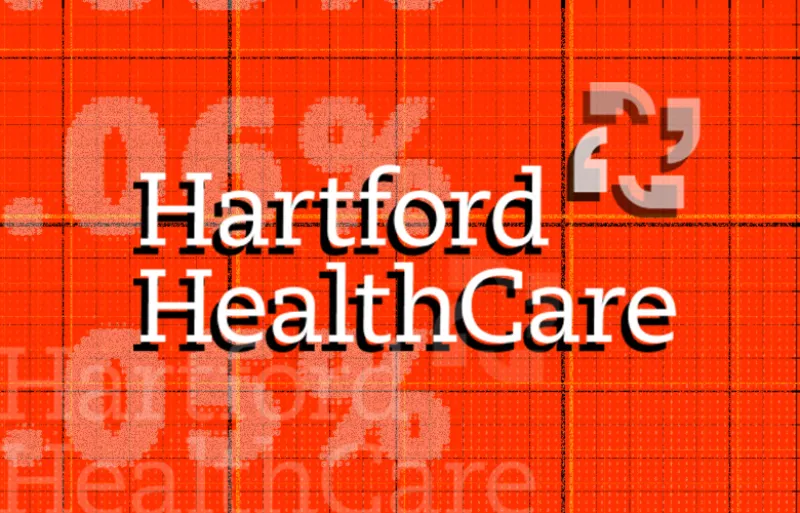Hartford Healthcare’s investment team put another stellar year on the books, according to chief investment officer David Holmgren.
The $3.2 billion foundation, which supports a major Connecticut hospital network, returned 12 percent net-of-fees in the fiscal year ending June 30, 2018, Holmgren told Institutional Investor by phone.
This result puts Hartford in the top 2 percentile of endowments and foundations for the year, with the fund outpacing peers’ median return by 420 basis points, according to private benchmarking data from a major consulting firm. Over five years, Hartford’s 8.9 percent annualized returns rank in the top decile.
“As I told my boss when we reported the returns, we’re not cowboys. We’re the hospital that’s killing it,” Holmgren joked.
[II Deep Dive: Unpacking Hartford’s Top Decile Returns]
As other institutions flirt with passive management and index-based products, Hartford’s strategy is unabashedly active.
“In an environment where there’s simple money to be made, you can rely on asset allocation being the driver,” he said. “That’s the passive mentality, and it’s fine as a fallback position in a rising-tide arena. Four years ago, that was the case. If you lost money, you were the idiot.”
But investors can no longer rely on markets to deliver double-digit returns, Holmgren argued. If they want that kind of performance, investors have to make it happen.
“We’re continually tackling the market complacency risk out there by flowing to the undervalued areas, which still exist if you do the homework to fund them,” the CIO said.
Despite endowments and foundations having a broad reputation for “unique, off-the-run strategies,” Holmgren pointed out that in 2018, most funds’ returns tracked closely to one another and to their policy benchmarks.
Indeed, the private peer group figures indicated surprisingly little return dispersion among the 615 endowments and foundations in the consulting firm’s sample. To rank in the top quartile for 2018, for example, an institution would only have needed to outperform by 120 basis points and gain 9 percent. Ninety-five percent of endowments and foundations delivered returns of 10.8 percent or less during the fiscal year, making Hartford a significant outlier.
Holmgren accepts that Hartford’s performance delta with its peers won’t always be positive, and that underperformance may happen sooner rather than later.
He said the portfolio is now “dramatically more defensive” than in recent years and compared to its peer universe, a change made in preparation for a recession. “I fully, fully expect we will build a defensive position before we need it. On a quarterly basis, we are expecting to underperform.”
In the long term, however, Holmgren said he believes that proactive defense will more than pay off. “In my mind, passive is risky. When the correlated trade goes south, it’s going to get ugly.”






